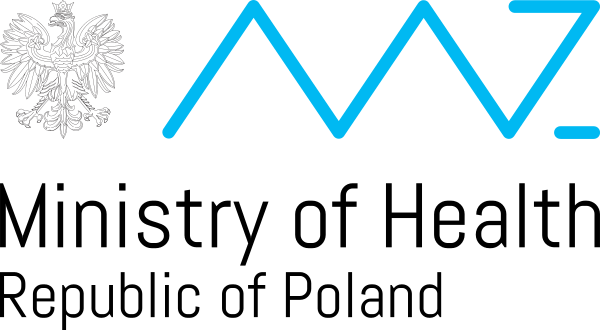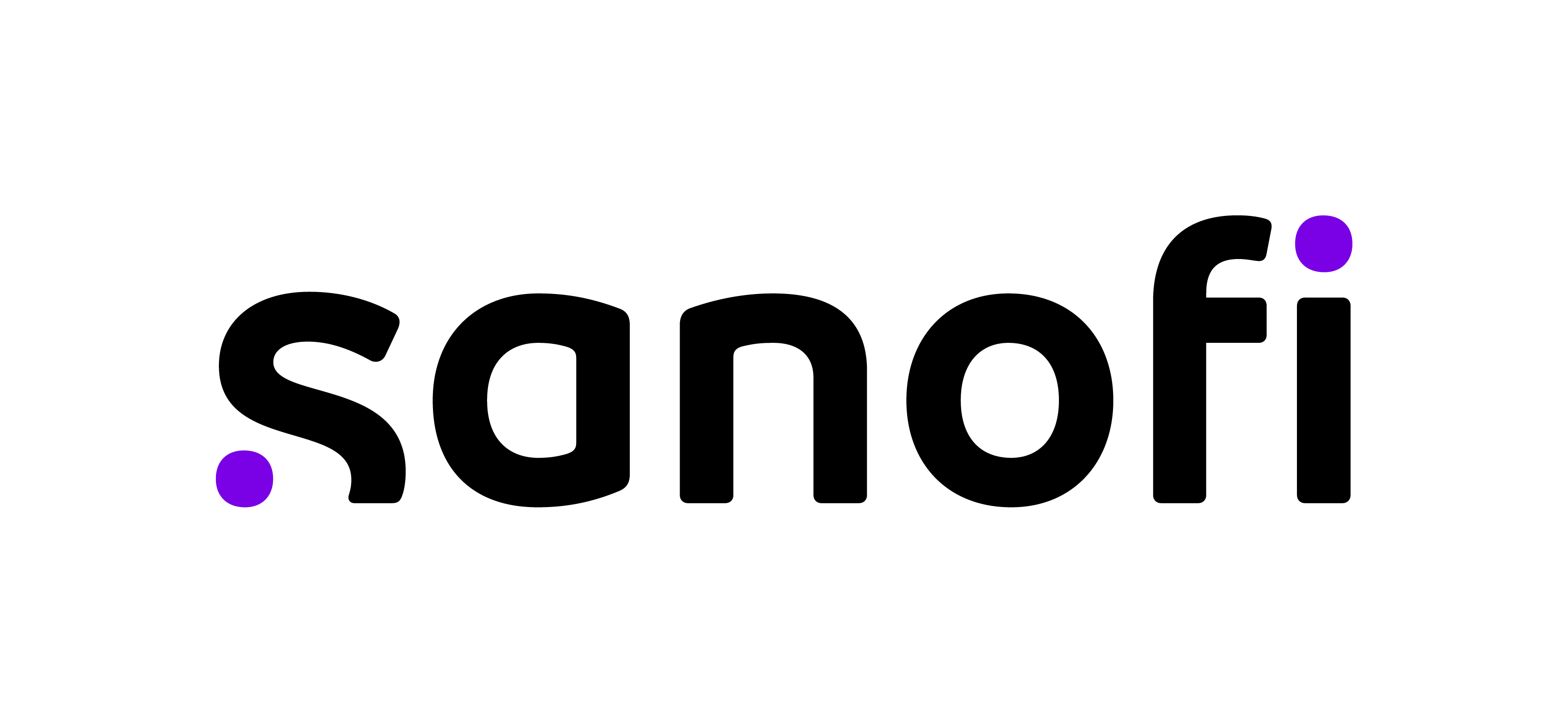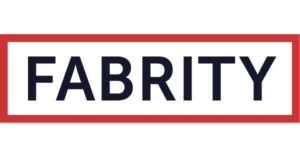When talking with UX designers or buying UX services, you often hear terms that are specific to user experience domain. To make sure you and your partners are on the same page, you need to understand what concepts these terms describe. Hence this short glossary of the most important, in our opinion, UX terms.
A/B testing
A/B testing, also known as “bucket” or “split” testing, is a method that compares two web pages or app versions (with different variations) against each other to determine which one has the highest performance. For example, you can test identical pages but with different CTA buttons or messages. The aim is to simultaneously test two product versions and learn their differences and user preferences to determine which one appeals more to users.
Accessibility (WCAG)
Website Content Accessibility Guidelines (WCAG) are recommendations for making mobile and web content accessible to people with disabilities. WCAG guidelines are based on four principles: operable, perceivable, robust, and understandable.
The latest accessibility version, WCAG 3.0, addresses the needs of users with low vision, blindness, hearing loss, deafness, dexterity, sensory disorders, speech disabilities, learning disabilities, cognitive disabilities, etc.
Affordances in interface design
An affordance is what a user can do with objects based on their capabilities. In interface design, affordances help to enhance communication with users regarding what can and can’t be done on a screen.
Take a look at a door—its handle is the affordance designed to tell users if it should be pushed or pulled. In a user interface, there are buttons that can afford to be pressed to trigger certain actions.
Card sorting
Card sorting is an exercise where participants are requested to sort batches of cards into different categories based on their interpretation. This technique is used to develop s highly effective information architecture and user-friendly site map. Card sorting’s goal is to understand the view of a product’s typical user based on a given set of items.
Cognitive walkthrough
A cognitive walkthrough is a usability testing method used by designers to evaluate a product’s usability. The structured approach involves working through a series of tasks and a set of key questions from the user’s perspective. The aim of a cognitive walkthrough is to understand the learnability of the system for infrequent and new users.
Conversion rate
The conversion rate of a site or a product is the percentage of users who complete the desired action. It’s important in showing how effective a design is in convincing users to take action. An example of conversion rate is the percentage of visitors who end up buying something on a website. For instance, if your site had 200 successfully completed shopping visits from 1,000 users, then the conversion rate will be 20%, i.e., (200/1000)×100.
Drop-off rate
A drop-off rate is the percentage of people who’ve left your funnel during a certain stage and before completing a conversion. You need Google Analytics to calculate your drop-off rate. It is calculated as:
(initial number of visits − current number of visits)/initial number of visits.
Empathy map
An empathy map is a set of collaborative tools used to visualize user behavior, feelings, and attitudes. The components of an empathy map can be split into equal quadrants—think & feel, see, hear, and say & do—with a user persona at the center of the quadrant. An empathy map externalizes knowledge about certain product users. This is essential in aiding the decision-making process and in the creation of a shared understanding of the users’ needs.
Graphical user interface (GUI)
The GUI is a system featuring visual and interactive components of computer software. It displays objects that represent actions taken by the user. A GUI is basically what the user sees since it’s a space where machine and human interactions occur.
High-fidelity wireframes
High-fidelity wireframes are templates used by design teams to mock-up realistic prototypes for initial product testing and feedback. The wireframes capture the look and feel of a product that’s in an advanced design process stage. They are highly detailed since they are used to fill in the missing details from their low-fidelity predecessors. As a result, they include actual content, image dimensions, colors, typefaces, and branding elements.
Human–computer interaction (HCI)
HCI is a field of study that’s concerned with the use and design of computer technology, particularly how humans interact with computers and interfaces today. HCI is used by UX designers to improve the interactive experience between the user and the product.
Information architecture
Information architecture (IA) aims to organize and divide content within digital products to make it understandable. IA allows designers to figure out how they should design product content for it to be easily understood by the user. It involves hierarchies, including information on the same and different levels. For instance, IA determines the placement of a page’s elements, the navigation, and the relationship between pages.
Journey maps
A customer journey map is a visualized customer’s experience while using the product and takes account of their goals, thoughts, and emotions. Customer journey maps are drawn from the client’s point of view, and they normally look like graphs with points highlighting the client’s interaction with the product.
The maps need to be presented as timelines to show the customer–product interaction points from the start, through the middle, to the end. The goal of a journey map is to reflect on the customer’s journey, identify problematic areas, and find ways to fix them to promote customer loyalty and increase conversions.
An example of a customer journey map of a client ordering food online: go the restaurant’s website, search for food, add to cart, choose a payment method, place the food order.
Low-fidelity prototype
A low-fidelity (lo-fi) prototype provides an easier and quicker way of translating high-level design concepts into tangible, testable facts.
UX designers use the lo-fi prototype in the early stages of the project to ensure the content is correct. It can be used to represent a use flow, information structure, or a concept and can range from hand-drawn printouts to mock-ups. UX designers and project managers can use lo-fi prototypes when they want to:
- quickly change the design sketches if previous ideas are ineffective;
- easily make design changes during the product testing phase;
- encourage product users to give honest feedback based on a product’s functionality and not its design.
Mental model
In UX design, a mental model is what the user believes about how something works. This model is constructed in the user’s mind and is mainly based on what they know from their past interactions with other applications, sites, and products.
Everyone has their unique way of explaining how things work, and that framework is what is known as a mental model. It’s mostly influenced by the user’s environment and plays a significant role in decision-making. For instance, some website users prefer to scroll down the webpage, while others are accustomed to swiping up to navigate the page.
Generally, the more your mental model aligns with the product’s functionality, the easier it becomes to use it.
Mockups
Mockups are medium or highly detailed static representations of designs. These static design drafts include visual UI and stylistic details that represent realistic models. Mockups make it easier to understand the idea of the final product. Unlike prototypes, it’s less time-consuming to create mockups. Additionally, they provide more visual details, like typography and colors, than wireframes.
Pain points
Pain points are problems users face, and they occur at different customer experience levels, including relationship level, interaction level, and customer-journey level. Designers identify pain points to create user-friendly designs.
Personas
A persona represents the real target audience based on previous user interviews and available data. Even though personal details may be fictional, the information used to create the user type is real.
Persona profiles are usually developed to get an idea of what the target audience wants. Additionally, they help stakeholders comprehend whom you have in mind when making design decisions.
Service blueprints
Service blueprints are diagrams that visualize the existing relationships between various services components—touchpoints, customer actions, processes, and people. These components must be directly connected to touchpoints existing in a specific customer journey.
A retail business, for example, can have separate service blueprints for the processes of making purchases online versus visiting the shop. Service blueprints should align with current business goals, especially in understanding how the customer experiences the service process of a business.
Storyboard
A storyboard is a visual representation of users’ experience with a product. A storyboard’s contents are in the form of sequenced images, arranged chronologically to effectively highlight the main events in the story.
Usability
Usability is an indicator of the ease of use of an application or site. Does the site offer an intuitive experience? How easy is the product to use? Does it get the job done as expected and, if that’s the case, how much effort and time does the user have to exert before getting the desired results?
Usability heuristics
A heuristic evaluation is a usability inspection technique used to pinpoint design issues in the user interface. These issues are known as “heuristics,” since they don’t have specific usability guidelines and feature a wide range of rules. The fundamentals of usability heuristics include error prevention, user control, freedom, consistency, and standards. These elements of the system match those of the real world.
When it comes to matching the system to the real world, for instance, it’s important for designers to make users’ interactions with the product easier. As a result, designers should use components that users are familiar with. This involves icons, text, and illustrations. The goal is to help them understand the function of every element by making things easier.
User-centered design (UCD)
UCD emphasizes the end-user and their needs throughout the product design and development process. The goal of this iterative design framework is to ensure that users are always kept at the centre of every decision. As a result, it continuously cycles through testing, researching, and checking features in a product, to deliver a product design that meets user needs and preferences.
User experience research (qualitative vs. quantitative)
User experience research (UX Research) is the systematic study of targeted customers and their requirements. The research is important in adding realistic insights and contexts (including user behaviors, needs, and motivations) to the product design process.
Quantitative UX research involves collecting and analyzing numerical data, establishing patterns, and making predictions. The obtained information is, thereafter, used to generalize the target audience or topic of study.
Qualitative UX research involves methods such as field studies and interviews. They are used to collect data through studying participants and direct observation. The aim of this UX research is to understand “why” based on people’s attitudes, thoughts, and motivations.
User flow
A user flow is a sequence of actions that a user undertakes while using an application or on a site. It includes a name and a sequence of steps with a description highlighting what happens in each step. Not all user flows are linear, and sometimes they branch out to form different paths.
For instance, one user can simply copy and paste a website’s link into a browser bar and land on an eCommerce site’s platform. This is a straightforward path. Meanwhile, another user might carry out multiple search queries on a search engine, then land on a blog with the website’s link, before finally landing on an eCommerce store’s platform. This user has followed a branched path.
User stories
User stories are short, user-centered statements about a system feature, usually written from the user’s perspective. These statements are important in humanizing the design process and are critical in directing and inspiring design decisions. Generally, user stories are normally written in the following format:
As a <user/role/who>
I am looking for <task/action/what>
To <objective/purpose/why?>
For example: As a student, I am looking for a notebook to write notes.
User testing
UX user testing is a process of collecting usability information and overall user experience during the design process from actual users. The process uses various testing methods, including interviews, surveys, card sorting, and observation.
User tests can be done on already built products and prototypes to determine the success rate of the design. Note that the success terms are usually defined earlier in the design process.
If, for example, a bicycle brand wants to test the usability of a product, then it has to carry out user testing on a potential customer.
UX prototype
A UX prototype is a simulation of the final product that UX teams test before launching the product. A low-level prototype consists of a bare-bones sketch of the product design. On the other hand, a high-level prototype is a more detailed and interactive computer-based representation of a product that closely resembles the final design in terms of its details and functionality.
UX workshop
UX Workshops are intensive collaborative sessions held throughout the design timeline to solve design problems and enable design to progress on a particular challenge. Through UX workshops, actionable goals can be achieved through hands-on activities and concentrated idea generation by the members. Common types of UX workshops include:
- Empathy workshops: help stakeholders understand and prioritize user needs before the design of a solution.
- Discovery workshops: used to highlight the current state and draft plans and milestone agreements.
- Critique workshops: ensure design decisions and user needs are aligned.
- Design workshops: consists of a wide range of attendee groups who discuss and generate diverse ideas.
- Prioritization workshops: focus on determining features customers prioritize and value the most.














